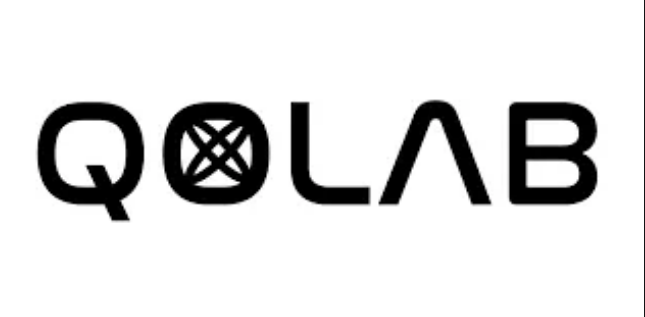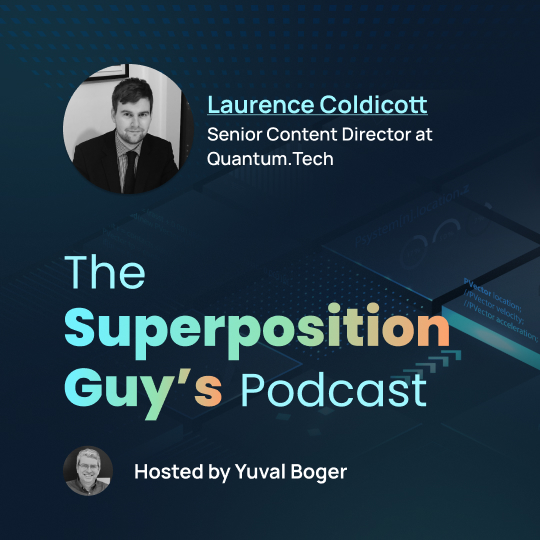Insider Brief
- Roadrunner Venture Studios and its partners have secured a $25 million New Mexico state grant to build a downtown Albuquerque “Innovation District” centered on quantum computing and semiconductor development, according to Adam Hammer in The Albuquerque Journal.
- The initiative will establish a Founders-in-Residence program, create lab pathways for Los Alamos and Sandia researchers, and provide startup support, with nearly $6 billion in aligned venture funds available to help new companies grow.
- Combining state backing, national lab expertise and university talent, New Mexico aims to rival established hubs, capturing a share of the projected $1 trillion quantum market in the coming decade.
- Image: Photo by Pexels on Pixabay
Albuquerque is positioning itself as a hub for the next wave of quantum technology, backed by a $25 million state grant and a coalition of startups, universities and national labs hungry to turn cutting-edge science into companies, according to a New Mexico tech leader.
In an op-ed in The Albuquerque Journal, Roadrunner Venture Studios co-founder Adam Hammer outlines a plan centered on a six-block “Innovation District” where founders and researchers would build startups around quantum computing, communications, and security.
“Just blocks away from City Hall and steps from the railroad tracks, a burst of activity will soon fill a neighborhood I like to call the Innovation District,” Hammer writes. “Soon, the six-block corridor between Lomas, Broadway, Central and Second will house one of the nation’s most important quantum hubs in the world. There, a group of quantum founders, scientists and researchers will turn quantum science into startups and set a new standard for how the United States innovates at the frontier of technology.”

Hammer frames the project as a push to capture a share of a fast-growing market by moving beyond research toward commercialization. He says the state’s deep bench — national labs, the University of New Mexico, and a network of investors — gives Albuquerque a running start.
The state’s Economic Development Department selected Roadrunner after a competitive process launched earlier this year and that the initiative will immediately bring three quantum companies to New Mexico. The department also lists partners that include Los Alamos and Sandia national laboratories; startups such as QuEra, Maybell, Qunnect and Resonance; the University of New Mexico; and venture firms including DCVC, Playground Global and Quantonation.
People-Centered Strategy
Hammer’s op-ed places people at the center of the strategy. He says Roadrunner will start with a Founders-in-Residence program to recruit and coach startup leaders, paired with a lab-to-market pathway for scientists.
“We are starting our work by developing a quantum Founders-in-Residence program that will be completely focused on finding, developing and launching incredible startup leaders,” Hammer writes. “We are fortunate to enjoy a healthy advantage when it comes to quantum talent in New Mexico. Not only does this state hold fast to its deep roots in American innovation, but the best quantum university program in the country is housed at the University of New Mexico — one of our most important coalition partners. Our talent program will be complemented with the launch of a lab-based initiative to employ and train quantum scientists from Los Alamos and Sandia national laboratories to build a bridge from lab to market.”
Infrastructure Backbone, Venture Backed
The goal is to turn promising ideas into venture-backable companies without forcing researchers to leave the state and make New Mexico attractive to startups looking for a place to build their ventures.
According to earlier announcements, the downtown campus will feature the necessary infrastructure for those startups and future startups, including dilution refrigerators for testing superconducting qubits at ultra-low temperatures, a quantum testbed, packaging and demonstration facilities, a rapid-prototyping shop and a multi-node quantum network.
Capital is another important part of the ecosystem, according to Hammer. He writes that Roadrunner has lined up a group of venture funds aligned with the studio’s mandate. Separate announcements this year show the studio and the New Mexico State Investment Council organizing a broader investor consortium to give funds early access to deep-tech deals tied to New Mexico’s research base. The aim is to shorten the path from discovery to seed funding and follow-on rounds.
Hammer writes: “Our first group of funds — most of whom were attracted to New Mexico by both its natural advantages as a quantum hub as well as the vision of the New Mexico State Investment Council — will bring nearly $6 billion in assets under management and deep quantum knowledge to New Mexico to function alongside the studio’s company creation team.”
The push on the ground is guided by a vision for how quantum can create positive, real-world transformation. Hammer writes that startups working on algorithms — for drug discovery or complex scheduling, for example — could run jobs over cloud-based quantum computers while iterating on new hardware inside the district’s labs. Teams focused on cybersecurity could exercise encryption designed to withstand future quantum attacks over fiber links that crisscross downtown. The studio’s promise to recruit “quantum-adjacent” firms indicates suppliers in cryogenics, photonics and control electronics could find a home there as well.
The pitch also acknowledges the competition. Hammer points to established hubs in Illinois, Maryland and Colorado as peer benchmarks. New Mexico has been building its own base: a regional Tech Hub designation tied to quantum information technology arrived last year, adding federal attention and momentum to state efforts. The Roadrunner award is the state’s first step to put that momentum into a physical site and a repeatable company-building model.
According to Hammer, there’s a sense that the project is onepart destiny and one part legacy.
“New Mexico has long lived in the public imagination,” he writes. “It’s a place that has led America in the most important times with the most critical innovations — a fulcrum for national endeavor. This is a pivotal moment for America when it comes to technologies like quantum, and we intend to win that international race right here in Albuquerque.”


















